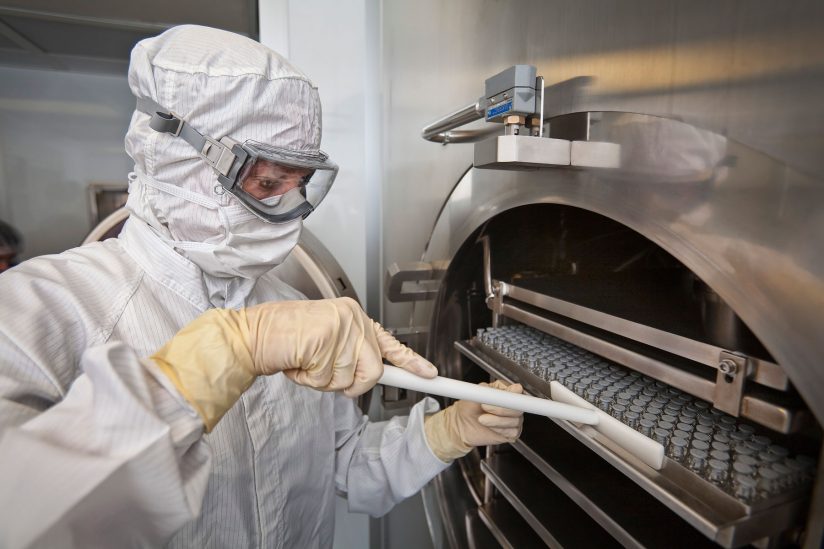A polio vaccine that doesn't require refrigeration could be used all over the world, and that would bring an end to the devastating disease.
With just 22 reported cases worldwide in 2017, the highly infectious disease, which causes lifelong paralysis and disability mostly in young children, is on the brink of complete eradication. Yet in Nigeria, Papua New Guinea, Syria and Pakistan, countries where vaccination rates are spotty, young children remain at risk.
The biggest hitch to complete eradication has been creating a temperature-stable vaccine for use in developing countries where refrigeration may be unavailable. That may soon change. An injectable vaccine, which was freeze-dried into a powder, kept at room temperature for four weeks and then rehydrated, offered full protection against the polio virus when tested in mice.
"Stabilization is not rocket science, so most academics don't pay much attention to this field," said the study's first author, Woo-Jin Shin, a fellow in the lab of Jae Jung, chair of the Department of Molecular Microbiology and Immunology at the Keck School of Medicine of USC. "However, no matter how wonderful a drug or vaccine is, if it isn't stable enough to be transported, it doesn't do anyone much good."

Image provided by University of Southern California.
By removing moisture through freeze-drying, researchers have created temperature-stable vaccines for measles, typhoid and meningococcal disease, but scientists haven't been able to make a polio vaccine that retains potency through freeze-drying and rehydration.
Shin and his colleagues used two lab techniques -- liquid chromatography and high-throughput screening -- that allowed them to analyze a high volume of ingredients and formulations until they found one that worked.
Jung's hope is that a foundation or company will take over the project to pay for human studies and bring the injectable vaccine onto the market.


